1. Early Life and Family
Prince Charles Alexander was born on 12 December 1712 in Lunéville, the youngest surviving son of Leopold, Duke of Lorraine, and Élisabeth Charlotte d'Orléans. His early education prepared him for a military career. His elder brother, Francis Stephen, Duke of Lorraine, married Maria Theresa, daughter of Emperor Charles VI, in 1736. Following this marriage, and the subsequent exchange of the Duchy of Lorraine for the Grand Duchy of Tuscany in 1738 as part of the terms ending the War of the Polish Succession, Charles Alexander entered the Imperial service in 1737.
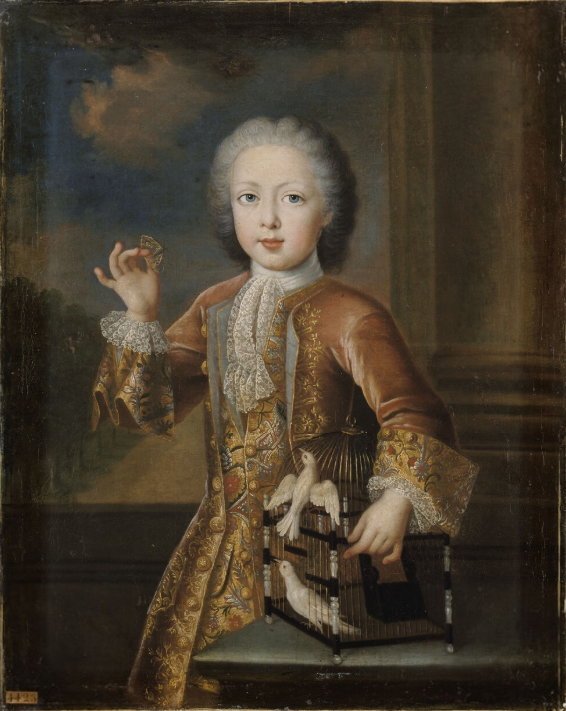
On 7 January 1744, he married Archduchess Maria Anna of Austria, Maria Theresa's only sister, making him doubly Maria Theresa's brother-in-law. The couple were jointly appointed Governors of the Austrian Netherlands. However, Maria Anna died later the same year, on 16 December 1744, in Brussels during childbirth. Despite her early death, Charles's popularity and the lack of a clear replacement allowed him to continue as governor and de facto sovereign of the region until his own death in 1780.
His private life after Maria Anna's death was largely kept secret. He had several children with various mistresses, including Elisabeth de Vaux and Regina Elisabeth Bartholotti von Porthenfeld. His children were required to use their mothers' surnames publicly if they were in the Netherlands. With Elisabeth de Vaux, he had a son, Charles Alexandre Guillaume Joseph, who later had a grandson. He also had a stillborn daughter by an unnamed mistress, a son named Charles Frédéric by another unnamed mistress, and a son, Jean Nicholas, and a daughter, Anne Françoise, by yet another unnamed mistress. With Regina Elisabeth Bartholotti von Porthenfeld, he had a daughter, Maria Regina Johanna von Merey (1744-1779), who later became Baroness von Hackelberg-Landau. Some of his children temporarily or permanently resided in Dutch-speaking parts of Belgium. His first son, Charles Alexandre Guillaume Joseph, later returned to Lunéville in Lorraine to claim a substantial inheritance and had a son named Gustav Auguste in 1788.
1.1. Ancestry
Prince Charles Alexander of Lorraine was descended from prominent European royal and noble houses. His lineage is as follows:
| Generation | Name | Relationship |
|---|---|---|
| 1 | Prince Charles Alexander of Lorraine | Son of Leopold, Duke of Lorraine |
| 2 | Léopold I, Duke of Lorraine | Father |
| 3 | Élisabeth Charlotte d'Orléans | Mother |
| 4 | Charles V, Duke of Lorraine | Paternal Grandfather |
| 5 | Eleanor of Austria | Paternal Grandmother |
| 6 | Philippe of France, Duke of Orléans | Maternal Grandfather |
| 7 | Elisabeth Charlotte of the Palatinate | Maternal Grandmother |
| 8 | Nicholas II, Duke of Lorraine | Paternal Great-Grandfather |
| 9 | Claude Françoise of Lorraine | Paternal Great-Grandmother |
| 10 | Ferdinand III, Holy Roman Emperor | Paternal Great-Grandfather |
| 11 | Eleonora Gonzaga | Paternal Great-Grandmother |
| 12 | Louis XIII of France | Maternal Great-Grandfather |
| 13 | Anne of Austria | Maternal Great-Grandmother |
| 14 | Charles I Louis, Elector Palatine | Maternal Great-Grandfather |
| 15 | Charlotte of Hesse-Kassel | Maternal Great-Grandmother |
2. Military Career
Prince Charles Alexander served as a field marshal in the Imperial Army, commanding Austrian forces in major European conflicts. Despite his rank and influence, his military career was notably marked by a series of defeats against Frederick the Great of Prussia.
2.1. War of the Austrian Succession
During the War of the Austrian Succession, Prince Charles Alexander was one of the principal Austrian military commanders, appointed as a field marshal by Maria Theresa. His initial engagement against Frederick the Great occurred at the Battle of Chotusitz in 1742. Although his forces were defeated, they managed to inflict heavier casualties on the Prussian side and execute an orderly retreat, demonstrating a degree of tactical competence. In 1743, he achieved success in campaigns against French and Bavarian forces.
In 1744, he successfully led Austrian forces across the Rhine River and invaded the Duchy of Lorraine. However, his advance was cut short when Frederick the Great invaded Bohemia, initiating the Second Silesian War. Charles Alexander was forced to withdraw from Lorraine and rapidly redeploy to Bohemia. With the strategic advice of the experienced general Otto Ferdinand von Traun, he managed to push the Prussian forces out of Bohemia. However, in the subsequent Silesian campaign of 1745, without Traun's guidance, he suffered decisive defeats at the Battle of Hohenfriedberg and the Battle of Soor at the hands of Frederick the Great. In 1746, he was again defeated by the French general Maurice de Saxe at the Battle of Rocoux in the Austrian Netherlands.
2.2. Seven Years' War
Despite his record of defeats, Charles Alexander retained his command due to the significant influence of his brother, Emperor Francis I, over military appointments. When the Seven Years' War erupted in 1756, Maria Theresa recalled him to command Austrian forces after initial defeats. In 1757, during Austria's Third Silesian War against Prussia, he commanded the Imperial Army at the Battle of Prague. He was once again defeated by Frederick the Great and subsequently besieged within Prague Castle. The siege was eventually lifted after the Prussian defeat at the Battle of Kolín.
In November of the same year, Charles Alexander achieved a minor victory by defeating a smaller Prussian army at the Battle of Breslau. However, this was followed by a crushing defeat at the Battle of Leuthen on 5 December 1757, where Frederick the Great completely routed his forces. The Battle of Leuthen is widely regarded as one of Frederick's most brilliant victories, with the Austrian army, despite being twice the size of the Prussian force and having more artillery, suffering an overwhelming defeat. After this catastrophic loss, Maria Theresa replaced him as commander with Count Leopold Joseph von Daun. Charles Alexander then retired from active military service, serving briefly as a military advisor in Vienna for about a year before returning to Brussels. Upon his retirement as commander, he was awarded the Grand Cross of the Military Order of Maria Theresa.
3. Governorship and Administration
Following his retirement from military command, Prince Charles Alexander dedicated himself to his role as Governor of the Austrian Netherlands, where he proved to be a highly effective and popular administrator.
3.1. Governor of the Austrian Netherlands
Prince Charles Alexander was appointed joint Governor of the Austrian Netherlands with his wife, Archduchess Maria Anna, in 1744. After Maria Anna's death later that year, he continued to serve as governor and de facto sovereign until his own death in 1780. He earned widespread popularity among the populace for his energetic and extensive reforms in the region. Under his governance, the Austrian Netherlands flourished, experiencing significant development and prosperity. He was also deeply involved in the cultural life of the province, contributing to its artistic and social vibrancy. His popularity was so profound that in 1775, the Brabant Parliament erected a statue of him in Brussels.
3.2. Grand Master of the Teutonic Knights
In addition to his role as Governor, Prince Charles Alexander also served as the Grand Master of the Teutonic Order. He assumed this position in 1761 and held it until his death in 1780.
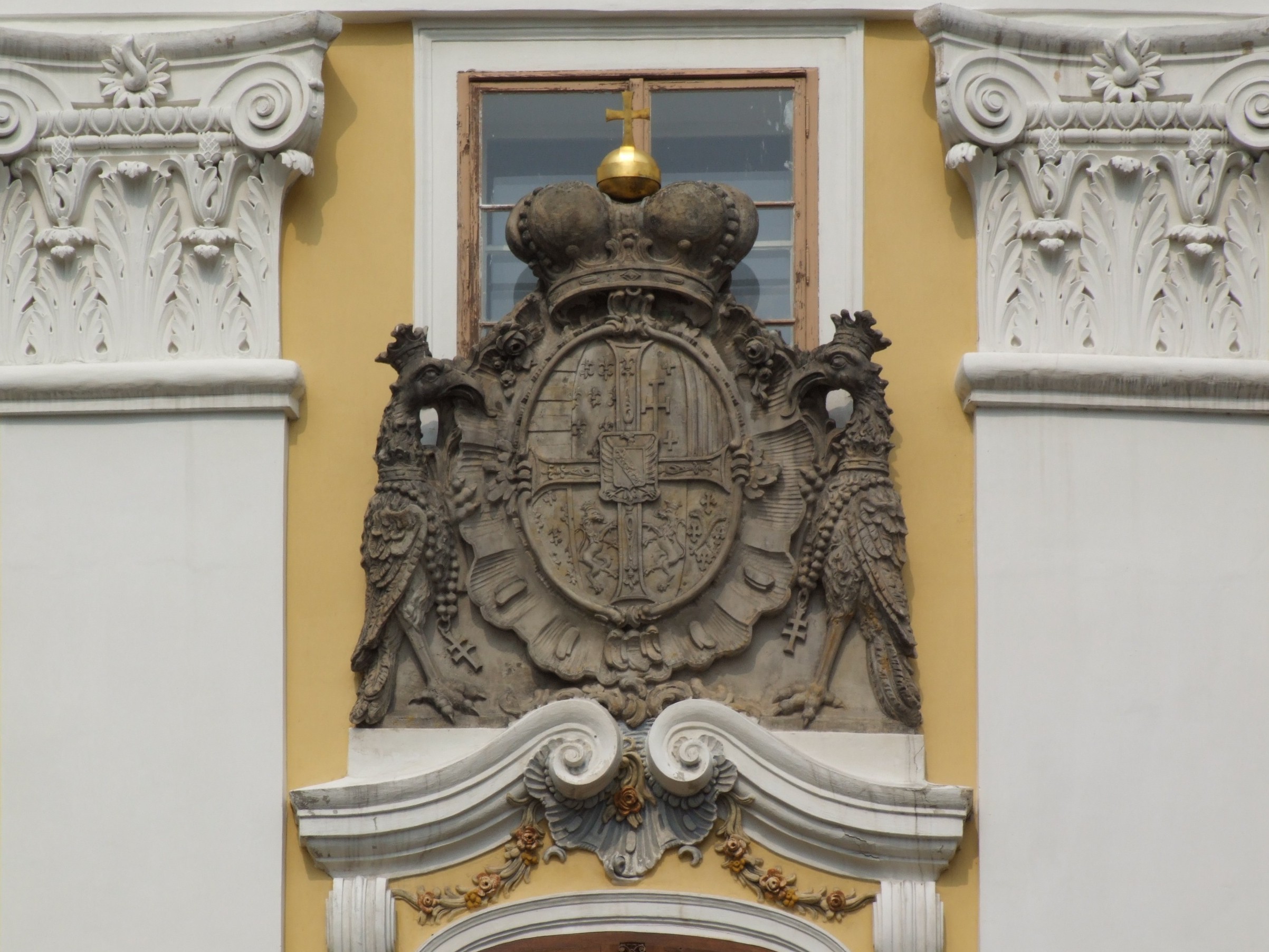
4. Architecture
Prince Charles Alexander commissioned or renovated several notable architectural projects during his lifetime, particularly in the Austrian Netherlands and his ancestral lands.
He had the Château de la Favorite (Lunéville) constructed as a personal retreat in Lunéville. In Brussels, he oversaw the construction of the Palace of Charles of Lorraine, a significant architectural undertaking, which became a prominent landmark.
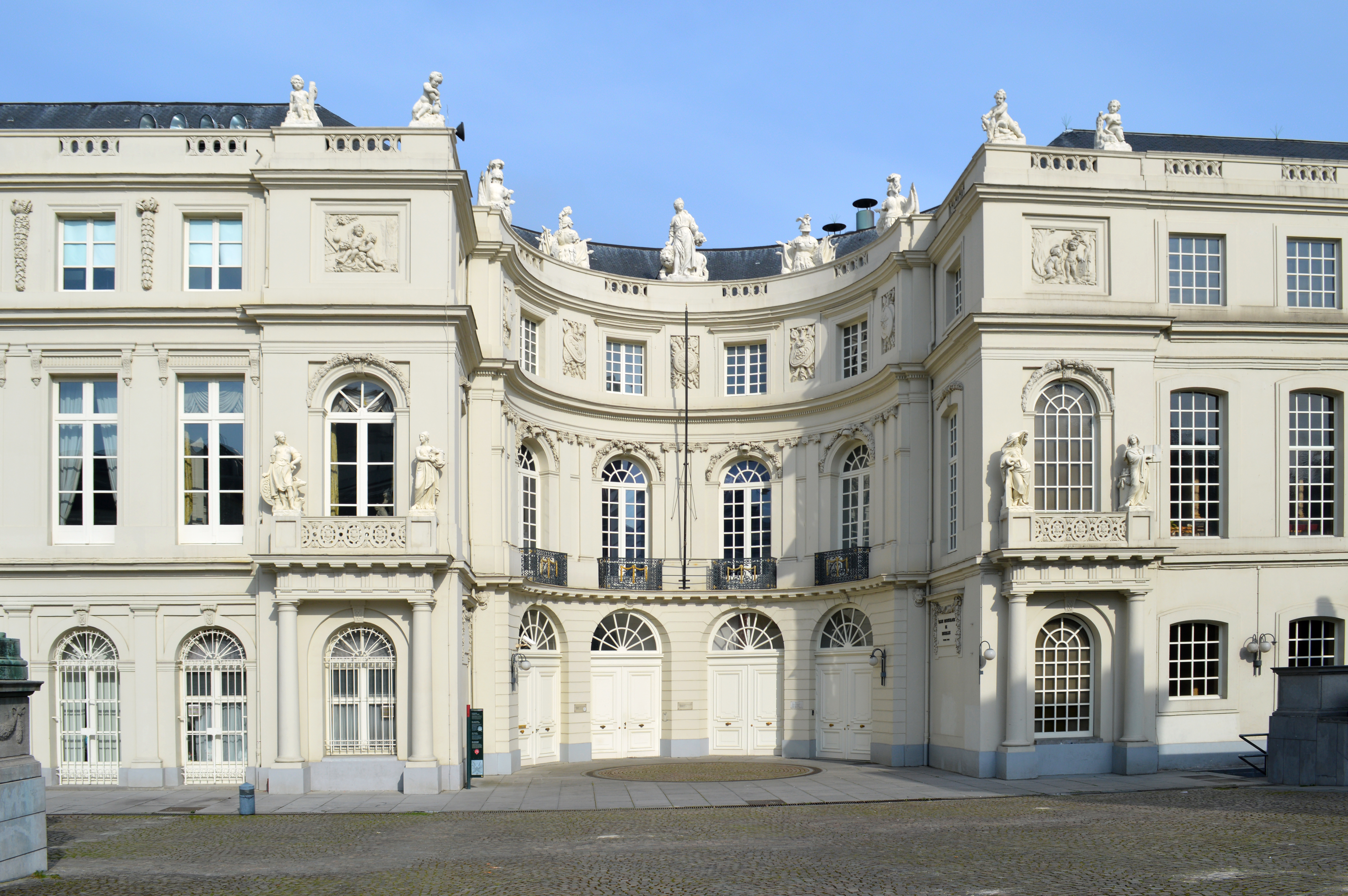
He also undertook renovations of the historic Tervuren Castle and the Château of Mariemont. These efforts aimed to modernize and preserve significant historical properties, enhancing their grandeur and functionality.
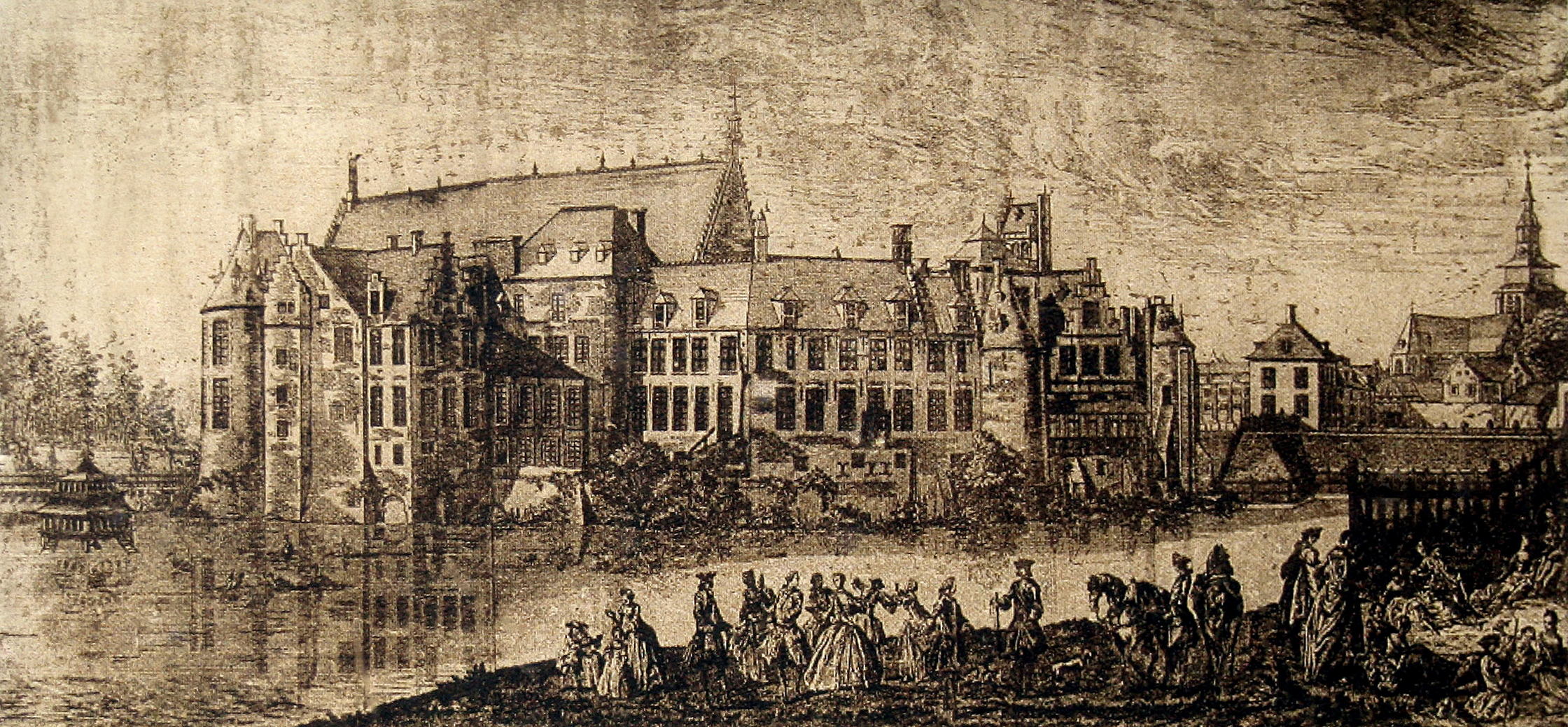
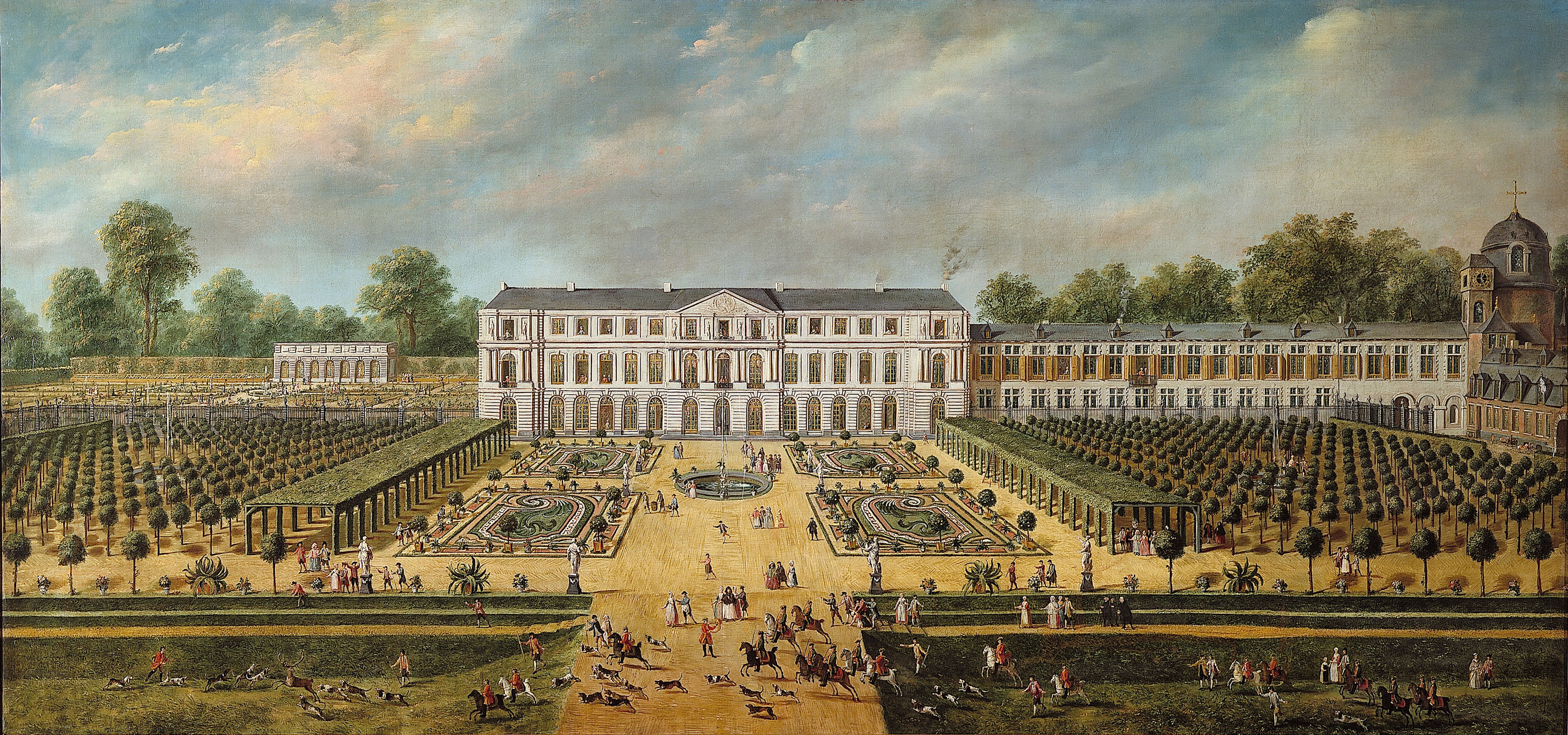
Furthermore, he commissioned the construction of the Château Charles in Tervuren, adding another significant structure to the region's architectural landscape.
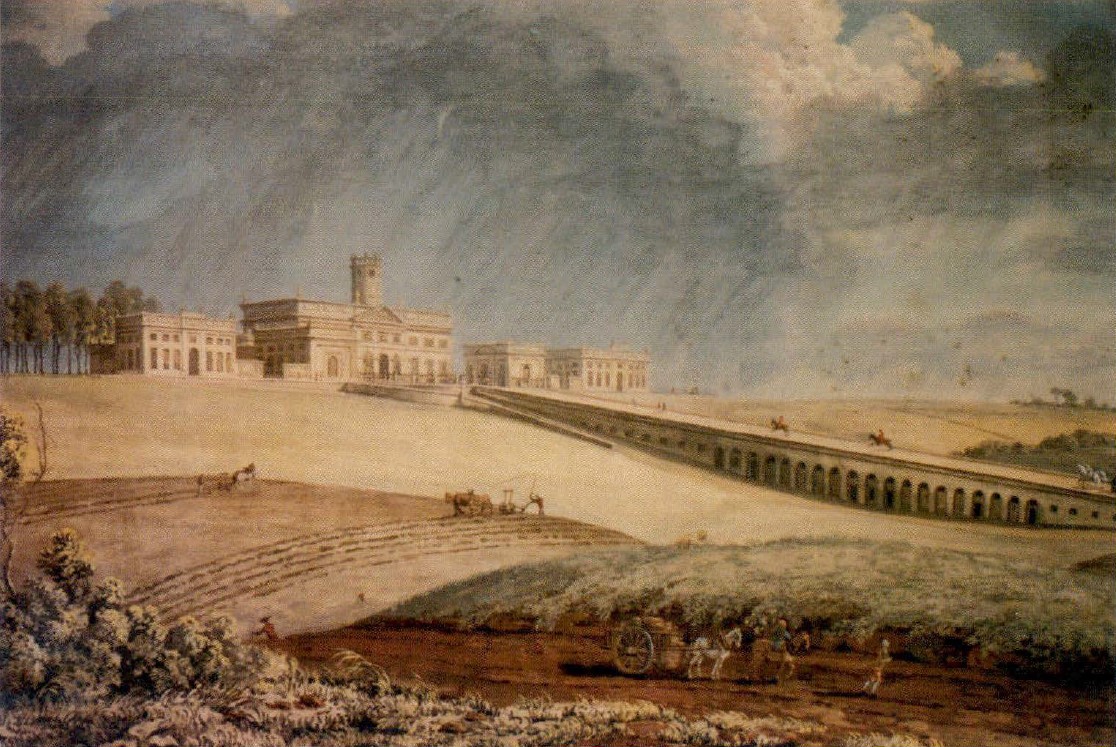
5. Death
Prince Charles Alexander of Lorraine died on 4 July 1780 at Tervuren Castle. His burial took place on 10 July in the Cathedral of St. Michael and St. Gudula in Brussels. In accordance with tradition, his heart was removed and interred separately in the Cordeliers Church in Nancy, where many of his ancestors were laid to rest.
6. Legacy and Assessment
Prince Charles Alexander's historical standing is characterized by a dichotomy between his military and administrative careers. While his military record was largely one of defeat, his tenure as Governor of the Austrian Netherlands is widely regarded as a period of significant success and prosperity for the region.
6.1. Positive Assessments
As an administrator, Prince Charles Alexander proved to be highly competent and effective. His energetic reforms and dedication to the Austrian Netherlands led to the flourishing of the region, fostering development and improving the lives of its inhabitants. He was immensely popular among the populace, a testament to his benevolent and effective governance. His deep involvement in the cultural life of the province also contributed significantly to its vibrancy and growth. His popularity was so enduring that the Brabant Parliament erected a statue in his honor in Brussels in 1775, years before his death, reflecting the high esteem in which he was held.
6.2. Criticisms and Military Record
Despite his administrative achievements, Prince Charles Alexander's military career is often viewed critically. He was consistently outmaneuvered and defeated by Frederick the Great of Prussia in several major engagements, including the battles of Hohenfriedberg, Soor, Prague, and Leuthen. These defeats, particularly the rout at Leuthen, led to his eventual removal from active military command. While he was a high-ranking officer with significant influence, his strategic and tactical abilities on the battlefield were often found wanting against the formidable Prussian forces. His personal life, particularly the secrecy surrounding his mistresses and illegitimate children after the death of Maria Anna, adds a layer of complexity to his public perception, though it did not diminish his popularity as governor.